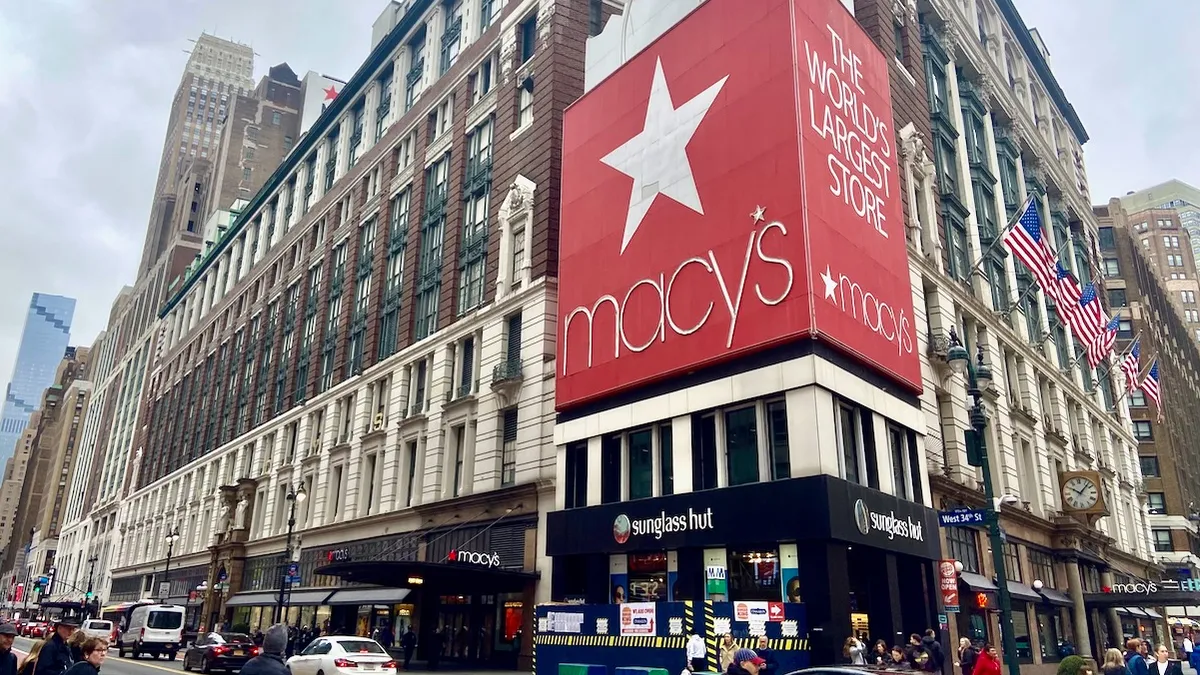Think of a smart phone. It has one operating platform, and you add applications for necessary functions, such as email, internet, weather, maps, live traffic updates, home security alerts and flight announcements. Compare that to a personal computer, with separate programs tracking the same information. Often, the programs don't talk to each other, and they run on separate platforms. But in other cases, the apps share and sync information through the cloud.
Think about this from a factory perspective. An operating platform is the base for numerous applications related to the supply chain and manufacturing process. The apps work together, sharing data and information and enabling instant decision-making.
What conditions do manufacturers need to make this smart manufacturing happen, and what's holding them back?
"We got here today in the supply chain by solving problems in a silo," said Jim Wetzel, interim CEO of the Clean Smart Manufacturing Innovation Institute (CSMII), a public-private partnership facilitating technology transfer.
Manufacturing issues. Sourcing issues. Transportation issues. Solutions are developed independently, instead of as a suite in a manufacturing-wide operating system.
Before getting into what's needed to make smart manufacturing happen, let's start with a few ways smart manufacturing is defined.
National Institute of Standards and Technology (NIST): Smart manufacturing systems are "fully-integrated, collaborative manufacturing systems that respond in real time to meet changing demands and conditions in the factory, in the supply network, and in customer needs."
Smart Manufacturing Leadership Coalition (SMLC): "Smart manufacturing is the ability to solve existing and future problems via an open infrastructure that allows solutions to be implemented at the speed of business while creating advantaged value."
Deloitte: A smart factory is "a leap forward from more traditional automation to a fully connected and flexible system — one that can use a constant stream of data from connected operations and production systems to learn and adapt to new demands."
Smart manufacturing is exploding in the marketplace now. Global IT consulting company Capgemini published a study last year that said 76% of manufacturers are formulating a smart factory initiative or have an ongoing one.
But the journey to smart manufacturing has been in the works for more than a decade, said Wetzel. He was one of the industry leaders who helped form the SMLC ten years ago, to discuss common barriers to manufacturing improvement, and subsequently to develop a pilot smart manufacturing platform. That public-private partnership has grown, and under CESMII leadership, 20 companies are in line to implement their smart manufacturing technology.
Why a smart manufacturing explosion now?
In part, because technology costs have dropped. Many manufacturers don't realize what technology is available, or that prices are vastly lower than they were years back. A $5,000 sensor project in the past might have included a $1,000 sensor and $4,000 in labor installation. Now companies can buy a $25 wireless sensor requiring no installation labor costs. "That's a huge game changer," Wetzel said.
Second, mass computing power increased, and the manufacturing facility doesn't need to house a data center. "What's really exploded in manufacturing in last two to three years has been introduction of cloud technology, and allowing sensors to talk to the cloud, so manufacturers don't have to have their own data centers," Wetzel said. Technology giants like Microsoft, Google and Amazon sell access to their massive computing platforms, no manufacturing infrastructure needed. "They're a checkbook away," he said.
Three challenges to converting to smart manufacturing
While technology is amply available, there still are numerous barriers to converting to a smart manufacturing facility.
-
Changing the culture
Perhaps the biggest change is getting the workforce to agree to the changes. "That can take generations in many cases, or a crisis," Wetzel said. Decision makers, which often include people who aren't digital natives, can be hesitant about implementing technology. "What's the most risk-averse industry? Manufacturing," said Wetzel. "We're not rewarded to take risk. You can be wrong in marketing or sales, but you don't want to be wrong in manufacturing." People are rewarded for flawless execution, not flawless change management, he said.
-
Harnessing data
Getting access to data isn't the problem. What's difficult is determining what to do with the data and how to interpret it. Wetzel said when he worked at General Mills, he had 700 billion data points coming to his desk daily. It's important to understand the value and trustworthiness of that data, and whether it's useful. Many people don't talk about what data they trust, no matter whether its source is human or digital. The sensor could be wrong. The person could be wrong. Or the person could explain the data in a different way than it appears on the computer screen.
-
Security
Security is a huge issue in the corporate world. Manufacturers rightly worry about hackers stealing their product formula or adjusting something digitally and sabotaging the factory. It's not an overstatement to say that security is a national issue. "Cybersecurity is a huge risk factor for manufacturers to get comfortable adopting these principles," he said. As a result, some manufacturers are putting a toe in the water, knowing it's the right future direction, but they're not ready to fully commit until security issues are worked out.
How to implement smart manufacturing
Most companies are not going to start a smart manufacturing facility from scratch, since plants already exist. "Start where you are," said Wetzel. Begin with a pilot project to get comfortable. Pilot one area of the plant, one line or section, one piece of equipment. "If you fail, it won't matter. If you succeed, it will encourage you to continue."
He recommends that companies understand their people, their process and their technology before starting. First, make sure the thought leadership is aligned with business goals. Figure out how to reshape the business to take advantage of the available technology. That means determining the problem you're trying to solve. Companies like Amazon and Uber used technology to facilitate a solution. "Technology enabled something to happen. Technology didn't solve it. There was a problem to solve first," he said.
After making sure the data you're getting is accurate and trustworthy, it's time to act on the data and close that loop. "Otherwise you have a cool set of data that doesn't do anything," Wetzel said. Having sensors telling you there's a fire is informational. But you need action to deliver the value. "We need to continue to manage the work to ensure that reactions happen. You have to close the loop."





















